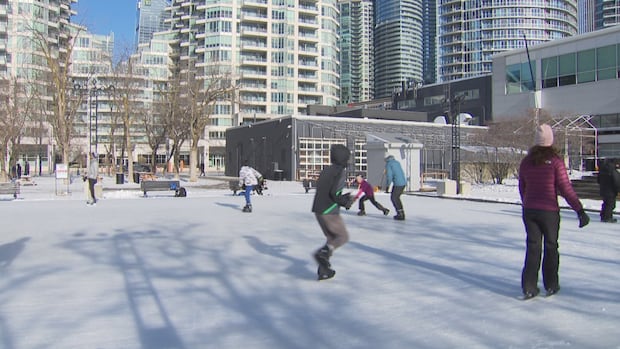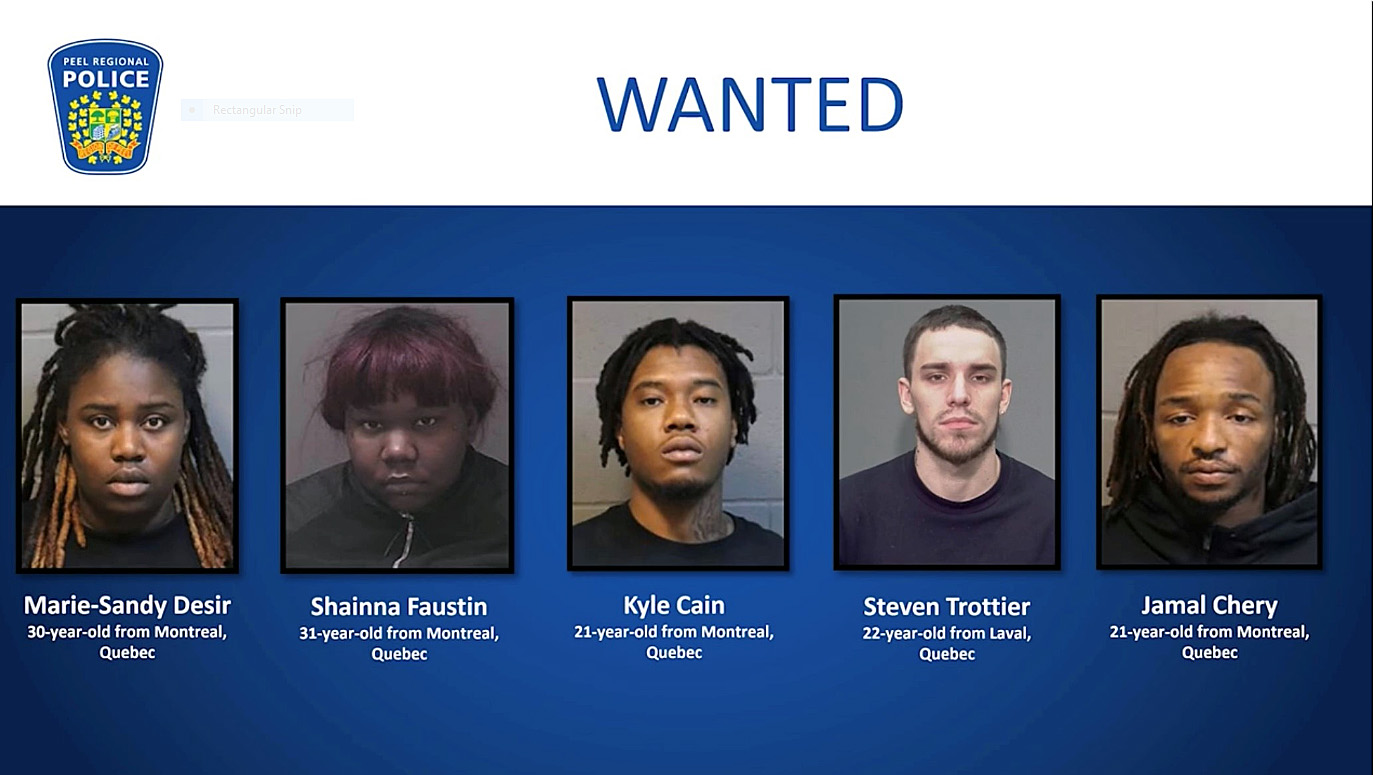Infra
Toronto condo market stalls as sellers, buyers face off
A recovery in Canada’s housing market looks set to be a drawn-out process, with Toronto’s condo segment fighting an especially heavy malaise.
“We have a lot of supply to work through in the city,” says Christopher Bibby, broker with Re/Max Hallmark Bibby Group Realty. “If we’re going after prices of previous markets, we’re stuck.”
Recently, Toronto’s condo supply stood 86 per cent higher than at this time last year, while sales tumbled about 25 per cent in the same period, Mr. Bibby says.
So far, two Bank of Canada rate cuts have failed to revitalize a market with record-high inventory, he adds, because prices have not fallen significantly.
The central bank’s policy rate now stands at 4.5 per cent but the reductions have not drawn a lot of buyers into the market.
“Cumulative rate cuts will be needed if pricing remains flat,” Mr. Bibby says.
Olivia Cross, North America economist with Capital Economics, notes that second quarter economic growth was a touch stronger than expected at 2.1 per cent annualized, but she expects the Bank of Canada will cut its benchmark rate at each meeting of the policy-setting committee this year as Canadian households are increasingly feeling the pressure of high borrowing costs.
Mr. Bibby says he’s hearing from some potential sellers who seem out of touch with current market conditions. Many are holding out for aspirational prices.
In July, the average price of a condo apartment in the central 416 area code stood at $748,330, which is 0.5 per cent below the average price in July, 2023.
The owners refer to comparable units which sold in the spring, but Mr. Bibby points out that inventory has burgeoned since then.
“It’s not March or April – supply levels are so different.”
Some sellers tell Mr. Bibby they plan to move out for one week to make showings easier. He has to inform them that the unit will likely be on the market for several weeks, if not months.
“If their expectations can’t be met, I’m exceptionally transparent right now,” he says. “In some cases, I can’t take the business on.”
All of the deals he has put together recently are for people who plan to live in the property.
“Right now, that’s the total of our business. There’s no case at the moment for why a condominium would make a great investment.”
Not since the early 1990s has buying a home in Canada been as expensive as it is today, say Sal Guatieri and Robert Kavcic, senior economists with Bank of Montreal.
In a recent report on the affordability dilemma, the economists caution that there’s no quick fix.
They are not predicting a repeat of the nineties outcome, which saw a major price correction followed by a long period of stagnation.
Unless there is a significant recession – which would restore affordability quickly but painfully – the remedy will likely involve the interplay of home prices and mortgage rates, they say.
Mr. Guatieri and Mr. Kavcic look back to the historically-low interest rates during the COVID-19 pandemic, which fuelled outsized gains in house prices and bred speculative psychology.
The Bank of Canada’s tightening cycle has since broken that pattern, and prices have come down 20 per cent or more in some markets, yet affordability hasn’t really improved due to higher mortgage rates, they add.
Returning affordability to pre-pandemic levels is going to take either plenty of time or a significant adjustment in rates, prices and incomes, Mr. Guatieri and Mr. Kavcic say.
Their path for the national market sees a gradual decline in rates for mortgages with five-year terms to around 4.25 per cent. They expect mostly flat home prices for the rest of 2024, followed by modest gains of about 3 per cent annually through 2027.
Per-capita income would also grow at a rate just below 3 per cent per annum.
In this well-behaved scenario, affordability gradually improves, the economists say.
In Toronto, Mr. Bibby notes that buyers who have made recent purchases are jittery about whether they overpaid or if the bottom is still to come.
He sees signs of that anxiety when they make offers for a condo unit that are conditional on home inspection, then obsess over small things like a loose handle on a closet door or a dripping tap.
The properties that do sell quickly are rare offerings, he says.
At 20 Scrivener Square in the Summerhill neighbourhood, for example, an east-facing penthouse came on the market for the first time after the original owner purchased it 22 years ago.
With a position on the top floor, unit 813 has 2,195 square feet of interior space, skylights, a private elevator and a 1,500-square-foot terrace overlooking parkland.
Mr. Bibby set an asking price of $4.695-million for the penthouse, which had 18 showings and drew two offers on day three. Some of the buyers coming through had been looking for a couple of years, he says.
The unit sold for $4.5-million.
“We had two offers on the property and still went under-asking,” he points out.
At 662 Bathurst Str., near Harbord, Mr. Bibby sold a condo unit created when a grand old home was transformed into three units. The buyers paid the full asking price of $1.695-million, he says, because the renovated property is so unusual.
“There’s really no alternative.”
But in high-rise towers where many identical units were designed for the investor market, units languish, he says.
“These end users don’t want to live in these 50-storey buildings – mostly tenanted – with one elevator working. The build quality is horrendous, and the floor plans don’t make sense,” he says. “It doesn’t feel like a community. It doesn’t feel like home.”
Even in sought-after buildings, sellers may have to take extra measures to get deals finalized.
At 181 Davenport Rd., for example, Mr. Bibby listed a one-bedroom-plus-den unit with an asking price of $1.625-million.
The property included two parking spaces, but an interested single buyer balked at having to pay for a second spot when she only has one car.
Mid-negotiations, the owners removed that roadblock by selling one of the parking spaces to another resident of the building.
“For the people who are willing to do the work, they are more successful,” Mr. Bibby says. “You have to be flexible. You have to be open-minded.”
He has taken down a few listings in the $2-million to $3-million range in recent weeks because people in that audience are away for the summer. He plans to relist in the fall when buyers are back in town.
Mr. Bibby expects listings will rise again in September. He doesn’t foresee a strong recovery in sales in the fall but is more hopeful for next spring.
Without strong price appreciation in the near term, many owners are not willing to hold on. For one recent listing, he has set the asking price below the amount the seller paid for the unit in 2021.
Mr. Bibby says in tough situations like that, he can only present a clear view of the numbers, then offer advice based on the individual’s finances, patience and risk tolerance.
“I feel like I’m taking a role almost as a real estate therapist.”








